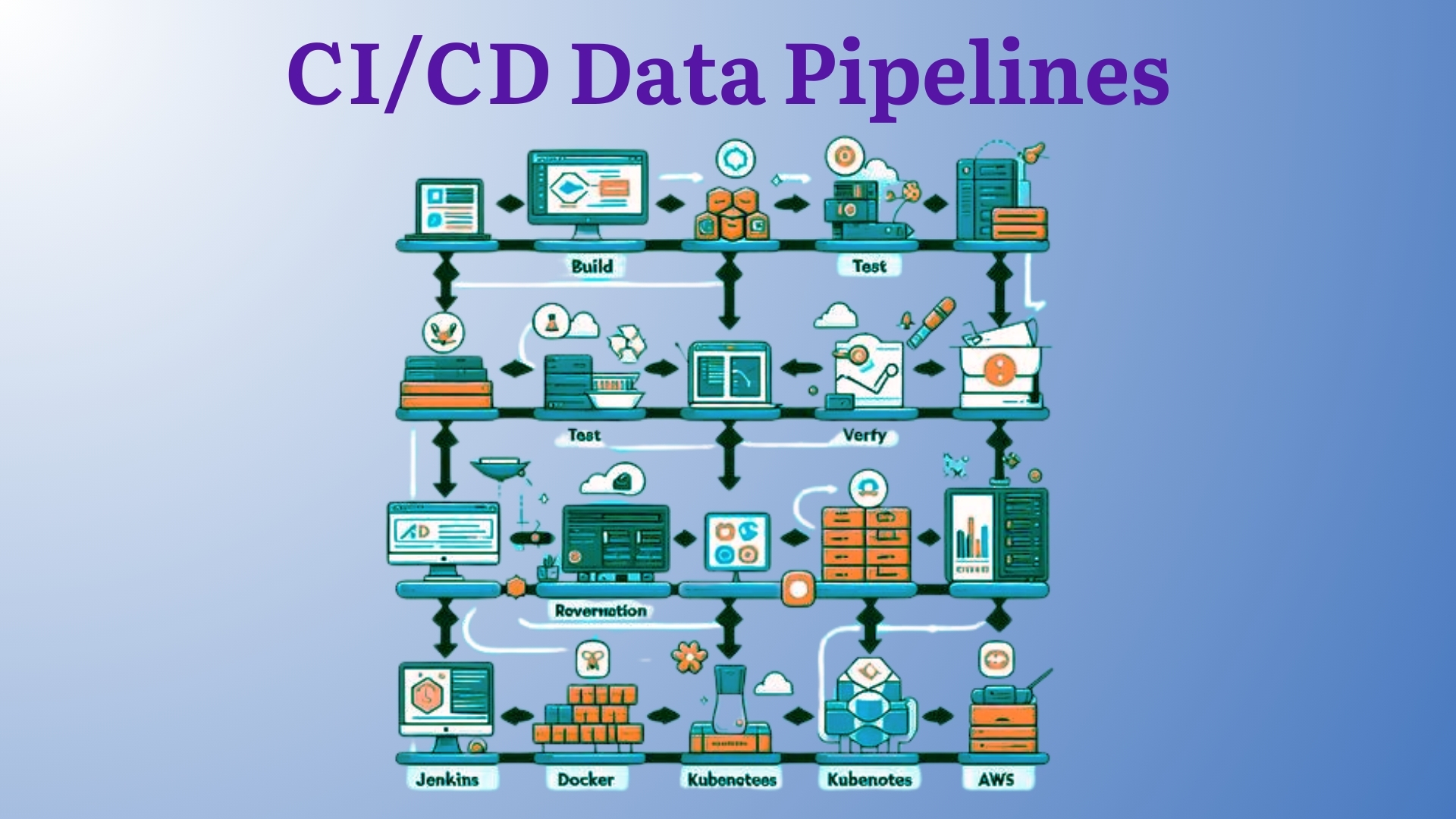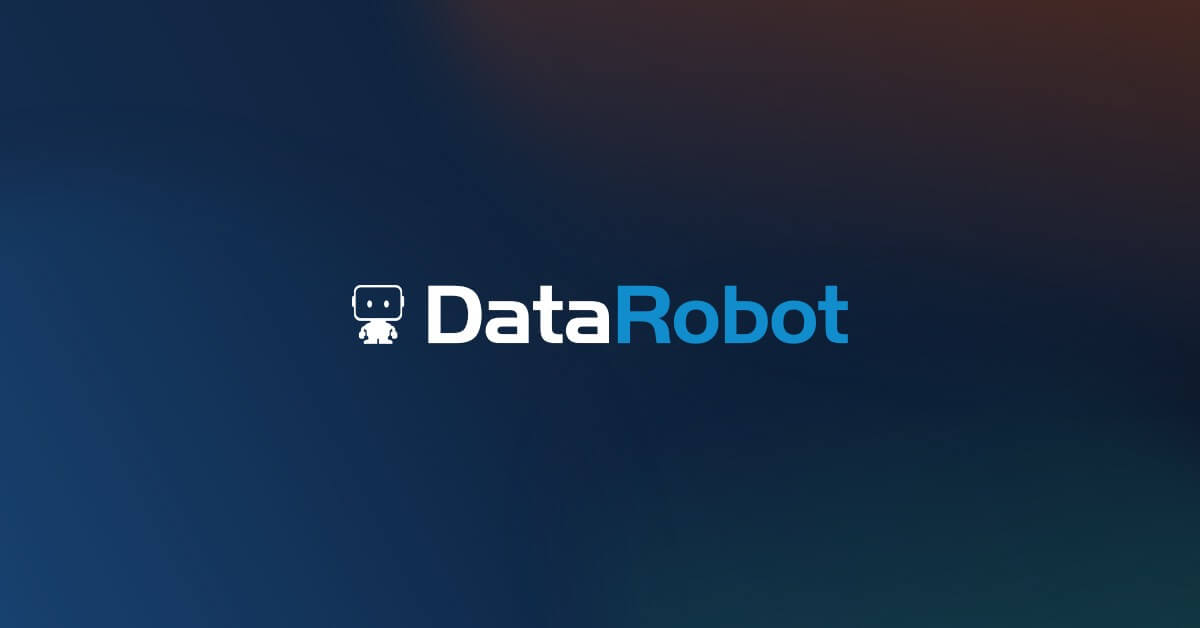1. Introduction to CI/CD in Data Science
1.1 Overview of CI/CD concepts and benefits for data science
1.2 Importance of automation in data science pipelines
1.3 How Git and CI/CD tools integrate with data science workflows
1.4 Course goals and objectives
2. Setting Up Git for CI/CD Pipelines
2.1 Configuring Git repositories for CI/CD integration
2.2 Best practices for structuring repositories for automation
2.3 Setting up Git hooks for pre- and post-commit automation
2.4 Using Git branches effectively in CI/CD workflows
3. Introduction to CI/CD Tools
3.1 Overview of popular CI/CD tools: Jenkins, GitHub Actions, GitLab CI/CD, Travis CI
3.2 Comparing features and choosing the right tool for data science projects
3.3 Setting up and configuring CI/CD tools for data science workflows
3.4 Integrating CI/CD tools with Git repositories
4. Automating Data Processing Pipelines
4.1 Designing and implementing automated data ingestion pipelines
4.2 Setting up data cleaning, transformation, and enrichment tasks in CI/CD
4.3 Automating data validation and quality checks
4.4 Using containerization (e.g., Docker) to manage data processing environments
5. Automating Model Training and Testing
5.1 Configuring automated model training pipelines
5.2 Setting up automated testing for data science models: unit tests, integration tests
5.3 Implementing model versioning and tracking with CI/CD
5.4 Using CI/CD tools to automate hyperparameter tuning and model evaluation
6. Automating Deployment and Monitoring
6.1 Deploying data science models and applications with CI/CD
6.2 Setting up continuous deployment for data science projects
6.3 Monitoring and managing deployed models and applications
6.4 Automating rollbacks and updates in production environments
7. Integrating Git with Data Science Tools
7.1 Integrating Git with data science tools: Jupyter Notebooks, RStudio
7.2 Automating notebook execution and report generation
7.3 Managing and versioning data science experiments and results
7.4 Best practices for combining Git, CI/CD, and data science tools(Ref: Next-Gen DevOps: Automating CI/CD Pipelines with AI and ML)
8. Case Studies and Best Practices
8.1 Reviewing case studies of automated data pipelines and CI/CD in data science
8.2 Analyzing challenges and solutions in implementing CI/CD pipelines
8.3 Best practices and lessons learned from industry experts
8.4 Exploring innovative uses of CI/CD in data science workflows
9. Final Project: Building and Automating a Data Pipeline
9.1 Designing and setting up a complete data pipeline using Git and CI/CD tools
9.2 Implementing automation for data processing, model training, and deployment
9.3 Demonstrating and evaluating the automated pipeline
9.4 Presenting project outcomes and discussing optimization strategies
10. Conclusion and Next Steps
10.1 Recap of key concepts and techniques covered in the course
10.2 Additional resources for continued learning and certification
10.3 Career development opportunities with CI/CD skills in data science
10.4 Staying updated with advancements in Git, CI/CD, and data science automation
Reference for Git
Reference for Data Pipelines







Reviews
There are no reviews yet.